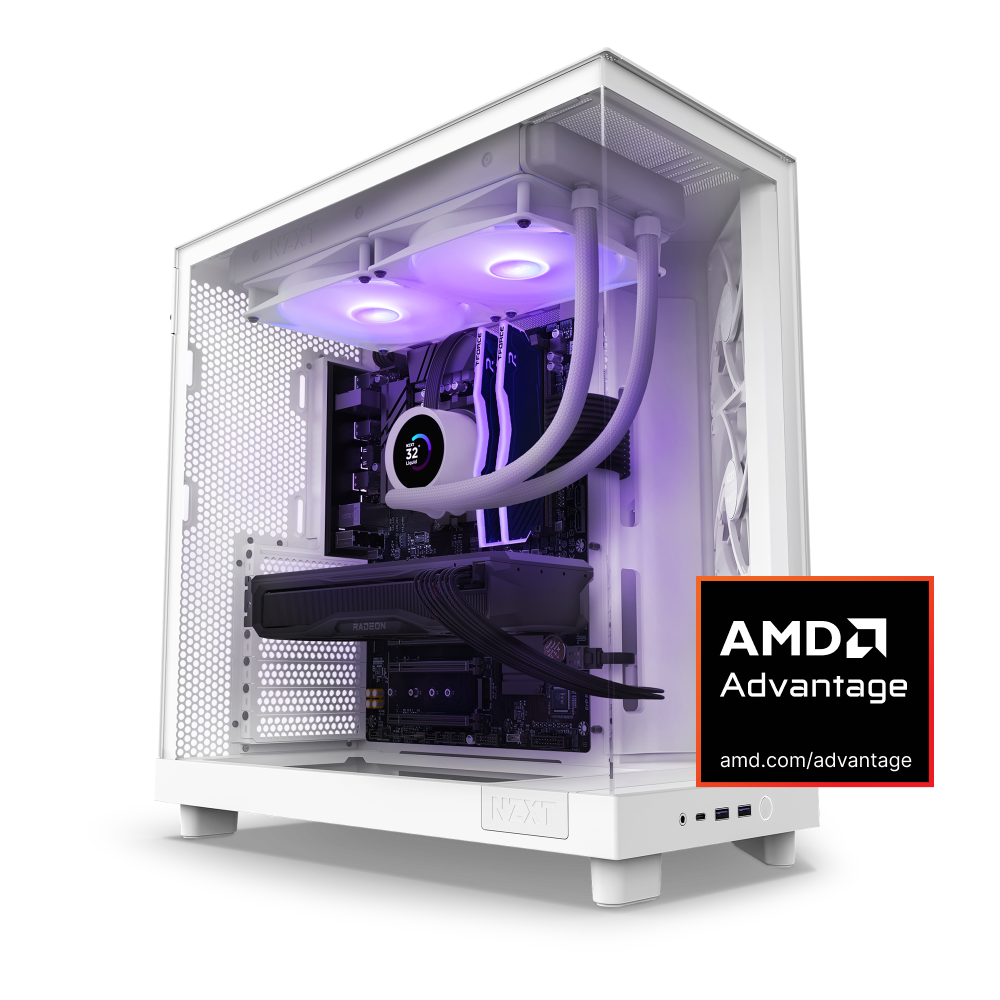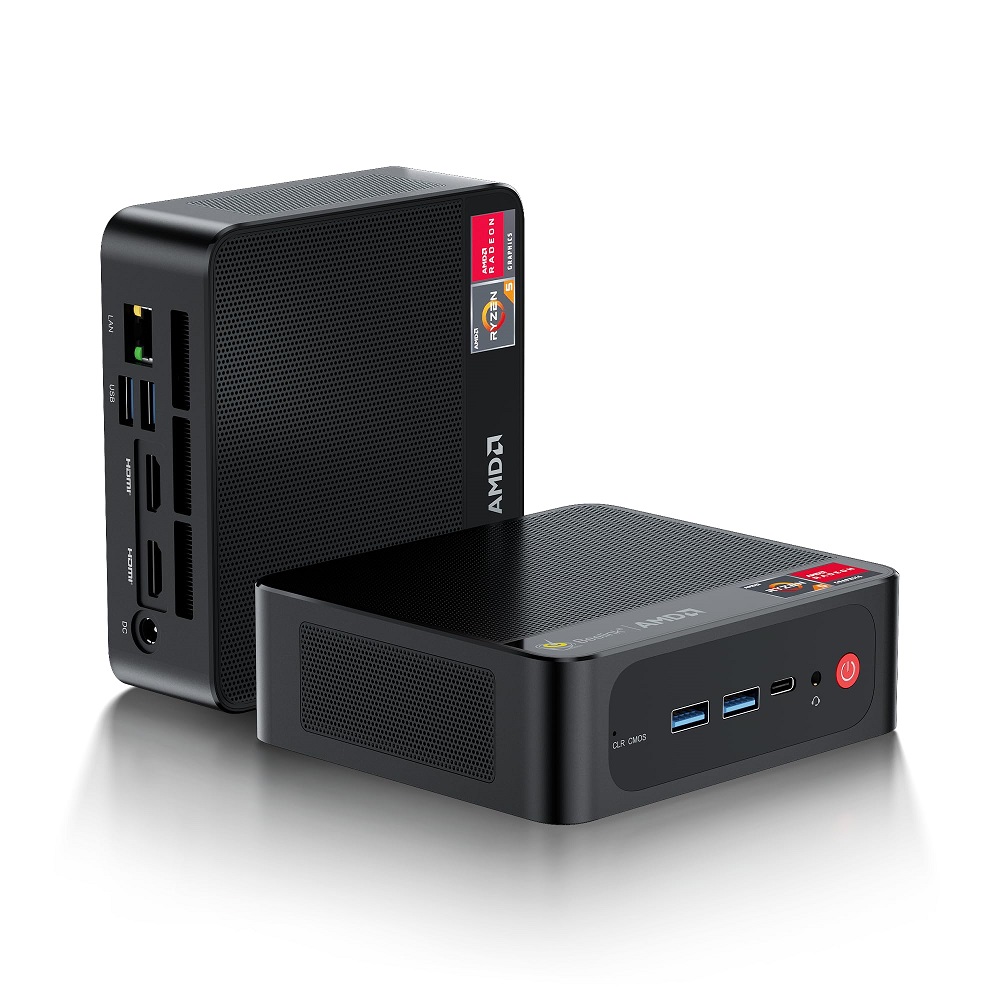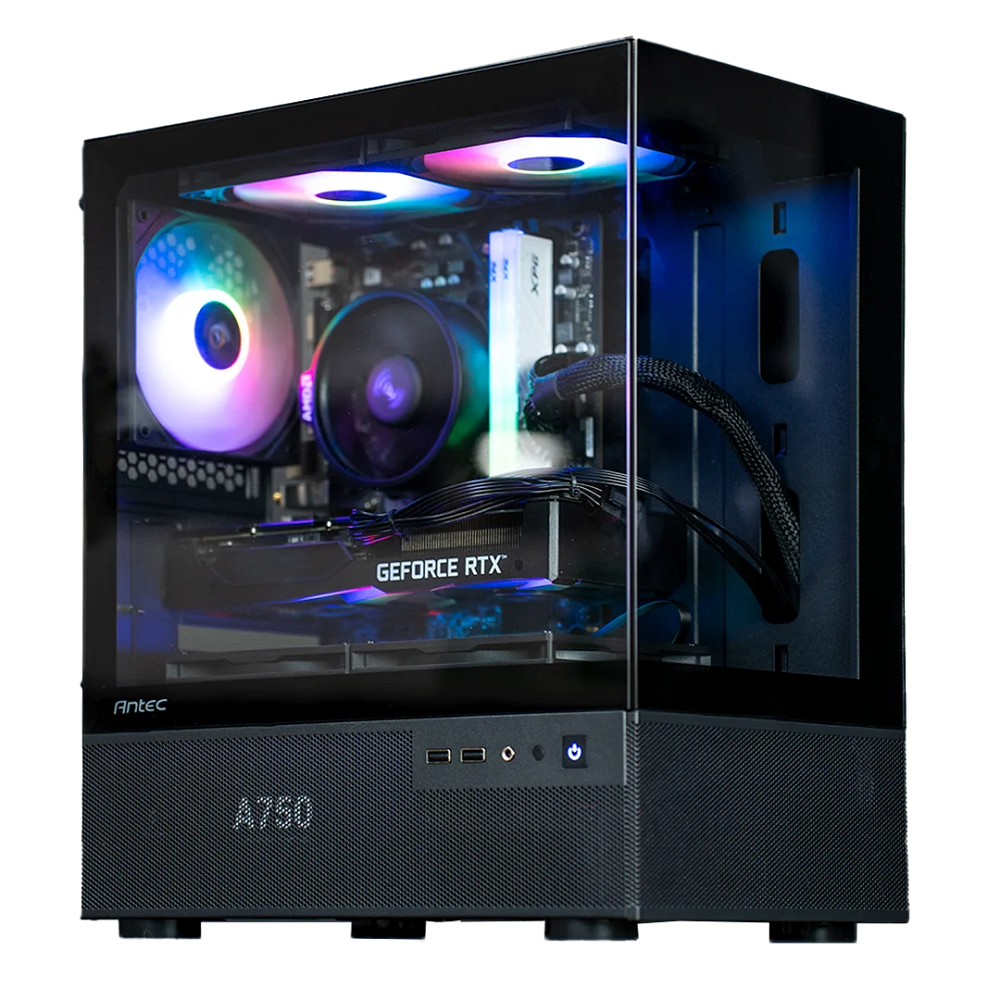When considering a new desktop computer, one of the most critical decisions revolves around choosing the right processor. The choice usually comes down to two major players in the market: AMD and Intel. Both brands have their loyal following and offer a wide range of processors designed for different tasks and budgets. Understanding the differences between AMD desktop and Intel can help you make an informed decision that aligns with your performance requirements and computing needs. This article will explore various aspects of AMD and Intel processors, including their features, performance, and suitability for different tasks.
Overview of AMD and Intel Processors
The AMD Advantage
AMD, or Advanced Micro Devices, has made significant strides in the processor market in recent years. Their Ryzen series of processors have gained attention for delivering impressive performance at competitive prices. AMD focuses on producing multi-core processors with a high core count, making them ideal for applications that require multi-threading capabilities, such as video editing, 3D rendering, and gaming.
AMD is also known for incorporating cutting-edge technologies like Precision Boost and Smart Predicitve Performance, which dynamically adjust performance based on workload demands. This makes their processors adaptable and potentially more efficient during intensive tasks.
Intel’s Legacy
Intel has long been a dominant name in the processor market, renowned for its reliable and efficient performance. The latest processors from Intel, such as the Core i5 and Core i7 series, offer strong single-thread performance, making them excellent choices for gaming and applications where single-core speed is crucial.
Intel’s Turbo Boost technology allows processors to increase their clock speeds under heavy loads, enhancing performance when needed. Moreover, Intel has a proven track record of stability and compatibility with various software applications, making it a familiar choice for many users.

Performance in Gaming
AMD’s Gaming Performance
AMD’s Ryzen series has made considerable advancements in gaming performance, rivaling its Intel counterparts. The Ryzen 5000 series processors, built on the Zen 3 architecture, offer excellent frame rates and support for high-resolution gaming setups. AMD has increasingly focused on gaming optimizations, which include lower latency and enhanced support for high-refresh-rate displays.
For gamers looking to build a system that can handle demanding titles, AMD offers competitive processors at various price points. Additionally, Ryzen CPUs tend to perform exceptionally well in multi-core scenarios, which can be advantageous in games that utilize multi-threading capabilities.
Intel’s Gaming Edge
Intel processors have typically held the upper hand when it comes to raw gaming performance. The Core i9, i7, and i5 processors are often favored for their strong single-core performance, which is crucial for many popular games. Titles like League of Legends and Fortnite can benefit from Intel’s ability to push higher clock speeds.
Moreover, many games are optimized for Intel chips, which can lead to better performance in some scenarios. Intel’s integrated graphics options can also be beneficial for users who might not want to invest in a dedicated graphics card immediately. Intel’s 11th Gen Core processors introduce further enhancements in gaming performance, focusing heavily on immersive experiences.

Productivity and Multi-Tasking
AMD for Multi-Threading
In productivity applications such as video editing, 3D rendering, and software development, AMD Ryzen processors excel thanks to their high core and thread counts. For instance, the Ryzen 9 series can offer up to 16 cores and 32 threads, making it ideal for multitasking and handling demanding workloads simultaneously.
Users engaged in tasks that take advantage of multiple threads will appreciate the responsive performance that AMD provides, enabling them to render videos faster or compile code more efficiently. Additionally, AMD’s aggressive pricing for multi-core options offers exceptional value for users requiring high performance without breaking the bank.
Intel’s Productivity Strengths
Intel processors are also a solid choice for productivity tasks. They typically perform well in single-threaded applications, which can be advantageous for tasks like document editing and light image manipulation. The Core i5 and i7 processors deliver a smooth overall experience when carrying out standard office tasks or light creative work.
Intel’s architecture also benefits from its integrated graphics options, allowing users to work efficiently without the need for a dedicated GPU in many productivity scenarios. Furthermore, many software applications are optimized for Intel processors, ensuring compatibility and reliability.
Power Consumption and Efficiency
AMD’s Power Efficiency
AMD has made significant strides in power efficiency with its latest Ryzen processors. The Zen 3 architecture offers a balance between performance and energy consumption. Many Ryzen processors operate at lower wattages, which is beneficial for users looking to build quieter systems or reduce their electricity bills.
Users building compact systems such as Mini-ITX or small form factor PCs often favor AMD due to its excellent power efficiency, enabling longer usage between charges for mobile workstations without excess heat generation.
Intel’s Efficiency Considerations
Intel processors have typically consumed more power, especially when running in high-performance modes. However, recent advancements in Intel’s architecture have improved efficiency levels, particularly with the introduction of the 11th Gen Core CPUs. These processors reveal a focus on providing better power management without sacrificing performance, which is crucial for users concerned about energy consumption.
For users considering laptops powered by Intel processors, efficiency is often a significant advantage. Many Intel processors use low-power variants that help extend battery life—a critical factor for mobile users who prioritize longevity.

Price-to-Performance Ratio
AMD’s Competitive Pricing
AMD desktop has managed to carve a niche in the market through its competitive pricing strategy. Ryzen processors frequently provide excellent performance per dollar, making them popular among gamers and professionals on budgets. The substantial core and thread counts available at lower prices allow AMD to provide systems that don’t compromise on performance.
This cost-effectiveness appeals to a broad audience, from entry-level gamers to professional creators who need robust performance without spending too much. The Ryzen 5 series, for example, often competes directly with Intel’s mid-range offerings while offering similar or better performance at comparable—or even lower—price points.
Intel’s Pricing Strategies
While Intel processors can be more expensive, their pricing often reflects brand reputation, reliability, and performance boosts in specific areas, especially single-core tasks. Intel’s higher-end chips, such as the Core i9, are pricier due to their performance capabilities and brand recognition.
Intel offers different tiers with its i3, i5, and i7 series, allowing users to find something that fits their budget. For high-performance tasks, users often justify the cost of Intel processors based on the reputation for stability and optimized software compatibility. However, it’s essential to balance the price with the performance gains you genuinely need.
Future-Proofing Considerations
Upgradability with AMD
One of the advantages of choosing an AMD platform is its forward compatibility. Many of AMD’s Ryzen processors use the AM4 socket, providing users with better long-term upgradability. This design allows users to upgrade their CPUs without needing to change their motherboards frequently, making it a cost-effective choice for those who want to extend their system’s lifespan.
AMD also continues to develop its CPU architectures and promises support for future generations. This commitment means that users can invest confidently, knowing they have the option to move to more powerful processors down the road without significant additional costs.
Intel’s Ecosystem Risks
While Intel has historically been strong in performance, there is a concern regarding the pace of innovation and how that affects upgradability. Intel frequently changes its socket design, meaning that upgrading to a newer processor may require users to invest in a new motherboard, adding to the overall cost of future upgrades. This fact can be a substantial drawback for individuals seeking to build systems that can evolve with technologies.
Intel has made strides with its 11th Gen processors by introducing features like Thunderbolt 4 and improved integrated graphics, which offers long-term value for users. However, potential buyers should weigh the pros and cons of any Intel platform regarding upgradability carefully.
Making the Right Choice for Your Needs
Assessing Your Usage Requirements
Deciding between an AMD desktop and Intel desktop comes down to individual use cases and preferences. If you primarily engage in gaming, light productivity tasks, or want the best price-to-performance ratio, AMD desktop offers powerful solutions at competitive prices. Ryzen processors resonate well with users who require multi-thread performance and power efficiency.
On the other hand, if your work revolves around software that benefits most from high single-core performance or you prioritize familiarity with Intel-specific features, choosing an Intel processor may be the better option. Intel processors continue to shine in gaming and specific productivity situations, making them a strong choice for many users.
Final Thoughts on Building Your System
Both AMD desktop and Intel have their strengths and weaknesses, catering to different user preferences and performance requirements. Understanding the specific features and capabilities of each brand can help you make an informed decision that supports your computing objectives. Ultimately, evaluating your needs—whether it’s gaming, content creation, or general computing—will guide you to the ideal processor that matches your demands and budget.
Regardless of your choice, both AMD desktop and Intel provide solid options for a variety of users. Embrace the opportunity to explore different processors, compare prices, and assess performance ratings to ensure you build or buy a desktop that effectively serves your requirements now and in the future.
